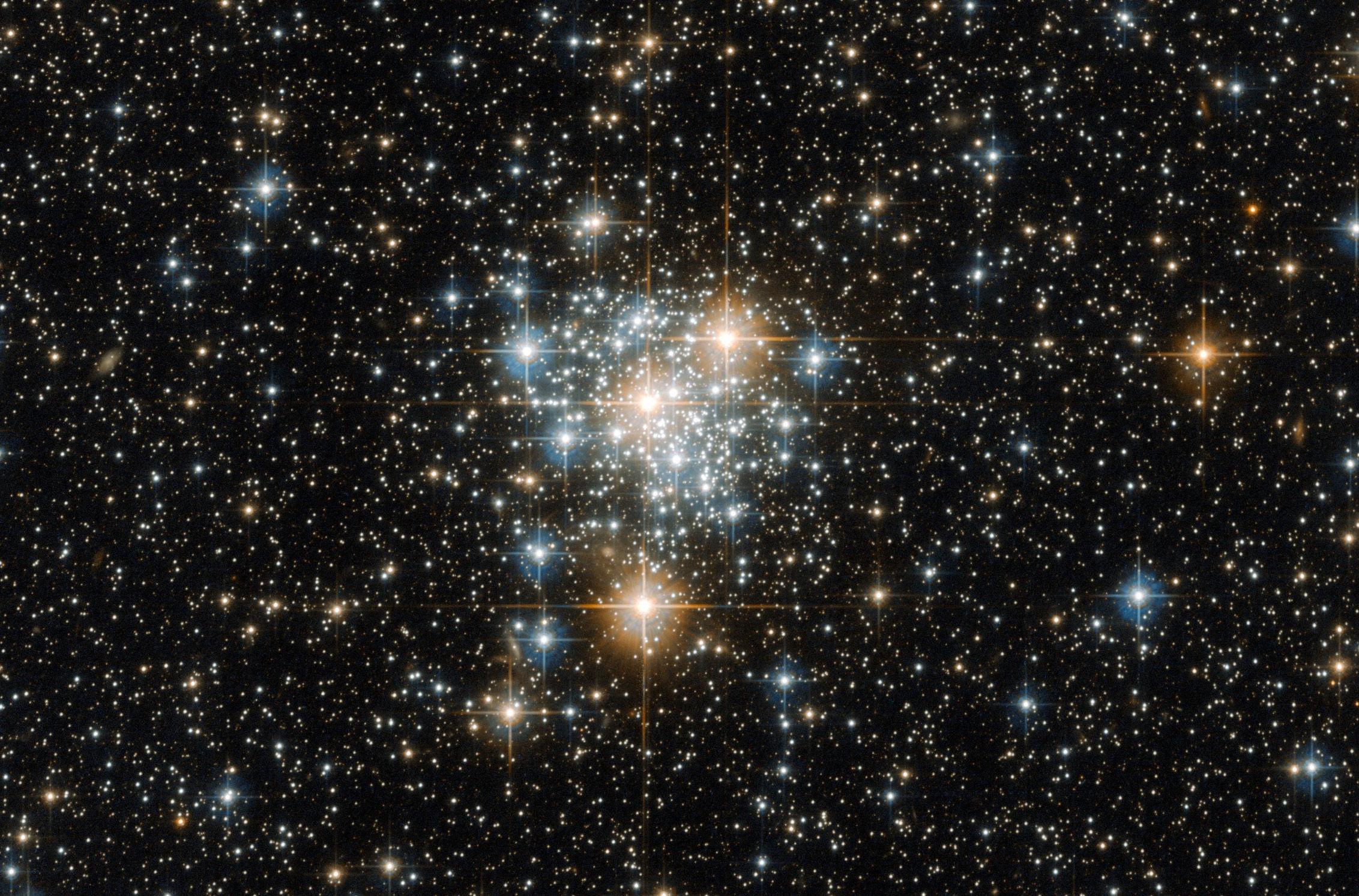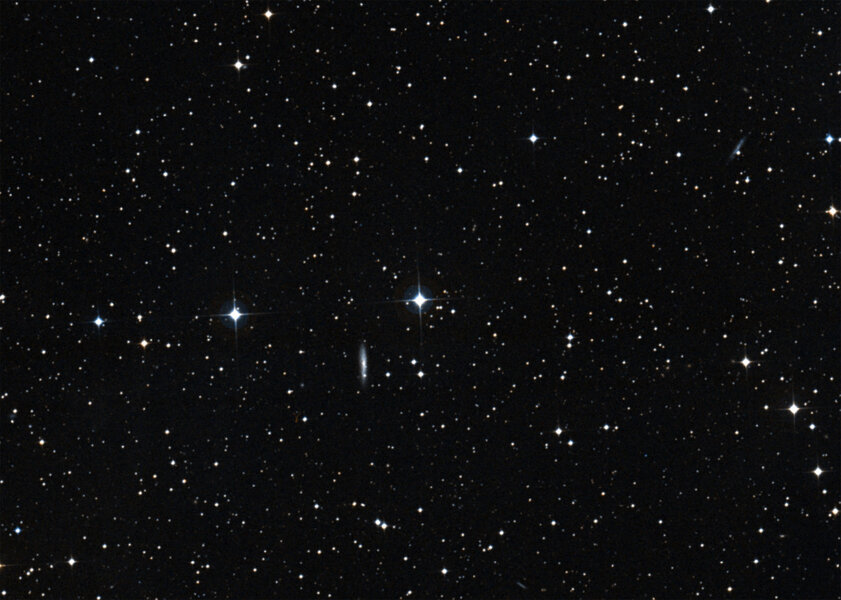Create a free profile to get unlimited access to exclusive videos, sweepstakes, and more!
The Sun's long-lost sibling found in our own backyard

Our Sun sits alone in space, with the nearest star a bone-wearying journey of 4.3 light years away. But it wasn't always this way; evidence has been mounting for many years that the Sun was born in a cluster of stars, a stellar nursery that may have contained many thousands of stars, nearly 4.6 billion years ago.
Most of these stars would have been tiny, dim, cool red dwarfs, and a handful were more massive, bluer, and hotter than the Sun. But statistically speaking a few should have been roughly the same mass, size, and color as the Sun. More importantly, all of these cluster stars were born from the same cloud of gas and dust, so it's a fair bet to assume they all have the same chemical composition; that is, the same ratio of elements as the Sun does.
Over time, probably a few hundred million years, gravitational encounters with stars in the cluster (plus the inexorable tug of the galaxy itself) would have scattered them, evaporating the cluster. Our solar siblings — perhaps many thousands of them — would now be dispersed throughout the galaxy, on separate (but similar) orbits. Some might be relatively close, while others could literally be on the other side of the Milky Way, 50,000 light years distant.
Astronomers have been looking for stars like that for a long time, but it's slow work. The best way is to take a spectrum of a star, breaking its light up into thousands of colors, looking for the fingerprints of different elements in that light. Then you can calculate the abundance of each element, and compare them to the abundance of those elements in the Sun. As you can imagine, that's painstaking work.
Automation has helped hugely, though. Looking at the spectra of thousands of stars, a team of astronomers looked for solar analogs, stars similar to the Sun in chemistry and age. They were able to whittle the selection down to just four stars. And of those, just one also matched the Sun when it came to other key parameters, like the shape of its orbit and mass.
That star is HD 186302, and it really is uncannily like the Sun. It's what we call a G3 star, very close to the Sun's classification as a G2; it's only slightly less massive and cooler than the Sun. The chemical abundances seen in it are a virtual match for the Sun. The age is harder to determine; the average age found using various indicators was about 3.5 billion years, but the uncertainty is well over a billion years, meaning that within the margin of error HD 186302 was born around the same time as the Sun.
Pretty good! This makes HD 186302 a solar analog — a star very much like the Sun. It's so close, in fact, that calling it the Sun's twin isn't so bad.
And that means it's so similar that it may very well be a member of that long-dispersed cluster that birthed the Sun as well. A long-lost sibling.
Interestingly, the star is actually pretty close to us, too: Just 184 light years! Is that a coincidence, just a lucky happenstance?
Lucky, but not shockingly so. The Sun orbits the Milky Way about 26,700 light years from the center. That means its orbital circumference is about 160,000 light years (circumference = 2 x radius x pi). Assuming, say, a thousand stars were in that cluster, and they all have roughly the same orbit as the Sun, then odds are the nearest one should be 160 light years away. If there were more stars the nearest would likely be even closer. Now remember, most of the stars are dim red dwarfs, and fewer are like the Sun, maybe 10% overall. So the nearest solar twin from that cluster, statistically speaking, would on average be about few hundred light years away. So that's about right.
The fact that HD 186302 is close means it's bright enough to see with just binoculars, too. It's in the constellation of Norma, visible from the southern hemisphere. Next time I'm down below the equator I'll have to look for it. That would be pretty cool.
We don't really know much about the Sun's circumstances of birth. The chemical abundances hint at some; for example, the presence of daughter elements shows us that there were short-lived radioactive elements in the gas from which the Sun formed, which must have been forged by a supernova, an exploding massive star. Those are rare, suggesting the cluster was big enough to have a few massive stars in it.
But finding solar analogs like this can help us understand that nursery better. I would dearly love to know, for example, if HD 186302 has planets. If so, are they like ours? How much does the place of birth affect the way planets form? If we find enough stars like HD 186302 (or even ones of different masses but still likely to come from our birth cluster) with planets, we can start to understand that better.
Finding this star is more than just a curiosity. It can tell us a lot about where we come from, and how we got here. These are decently big questions, and we're getting closer all the time to actually answering them.




























